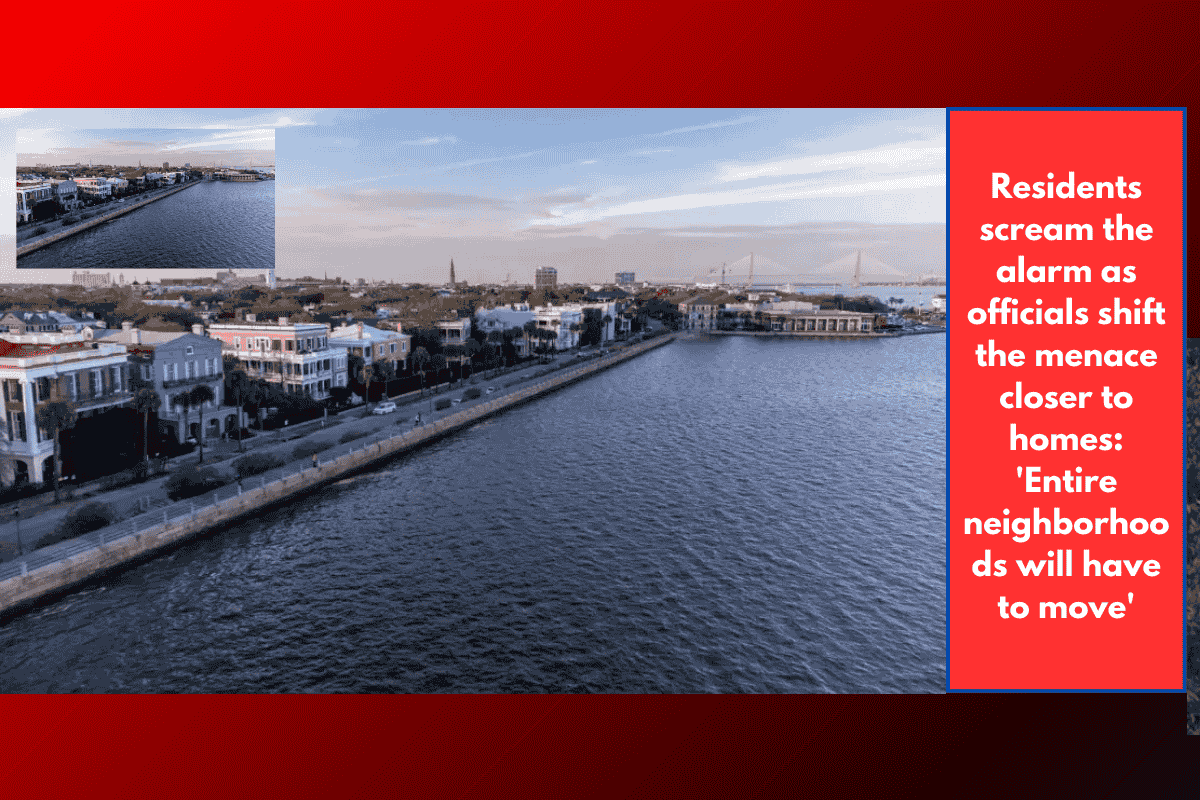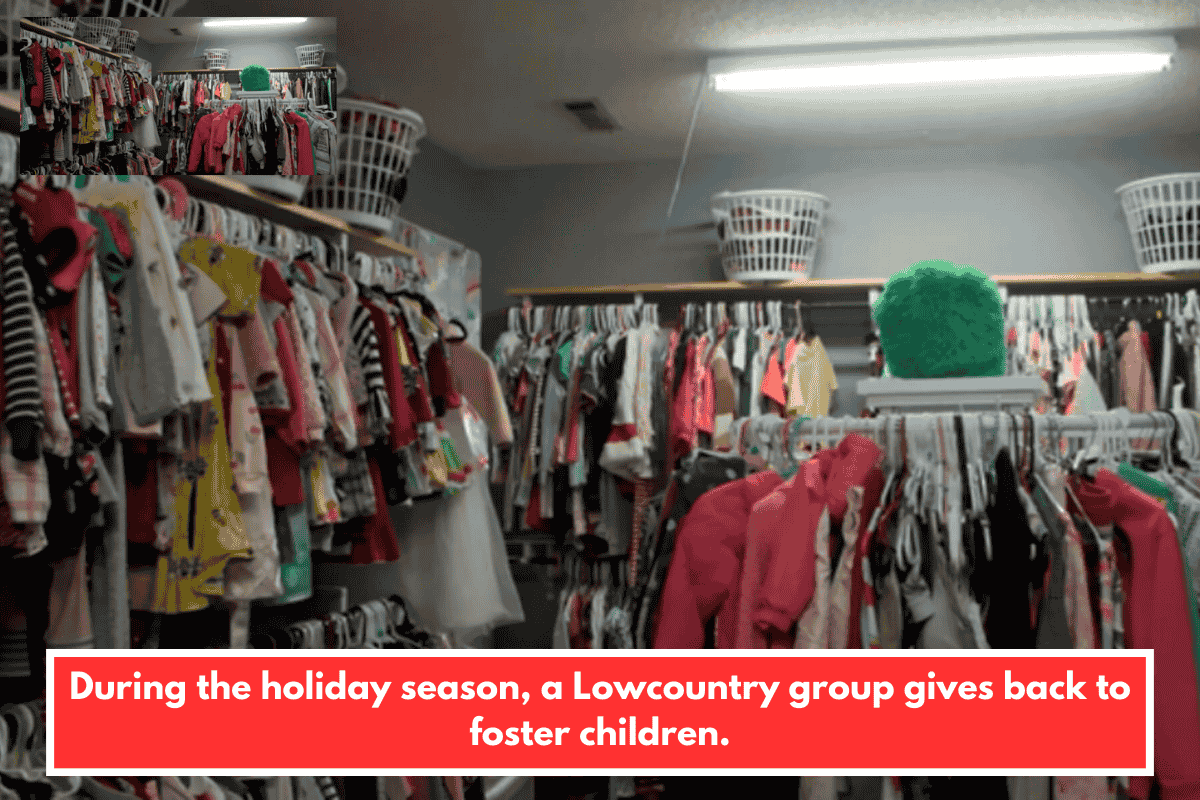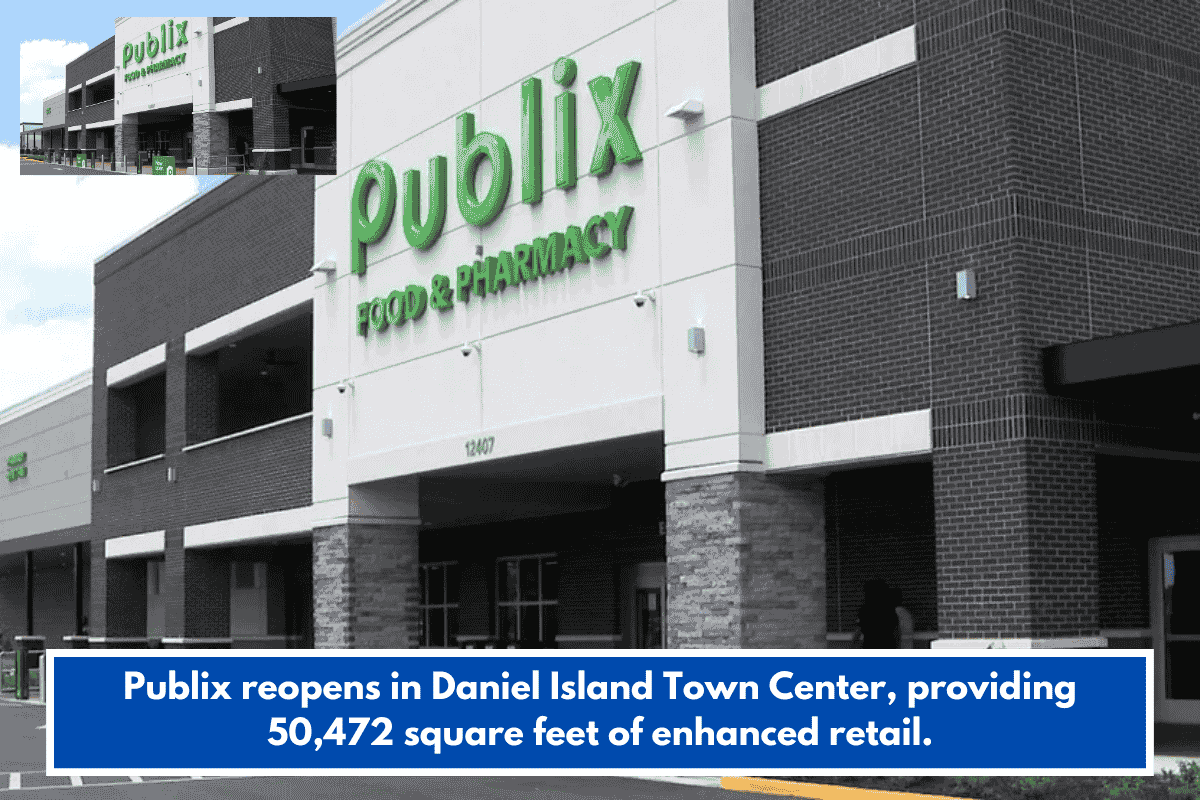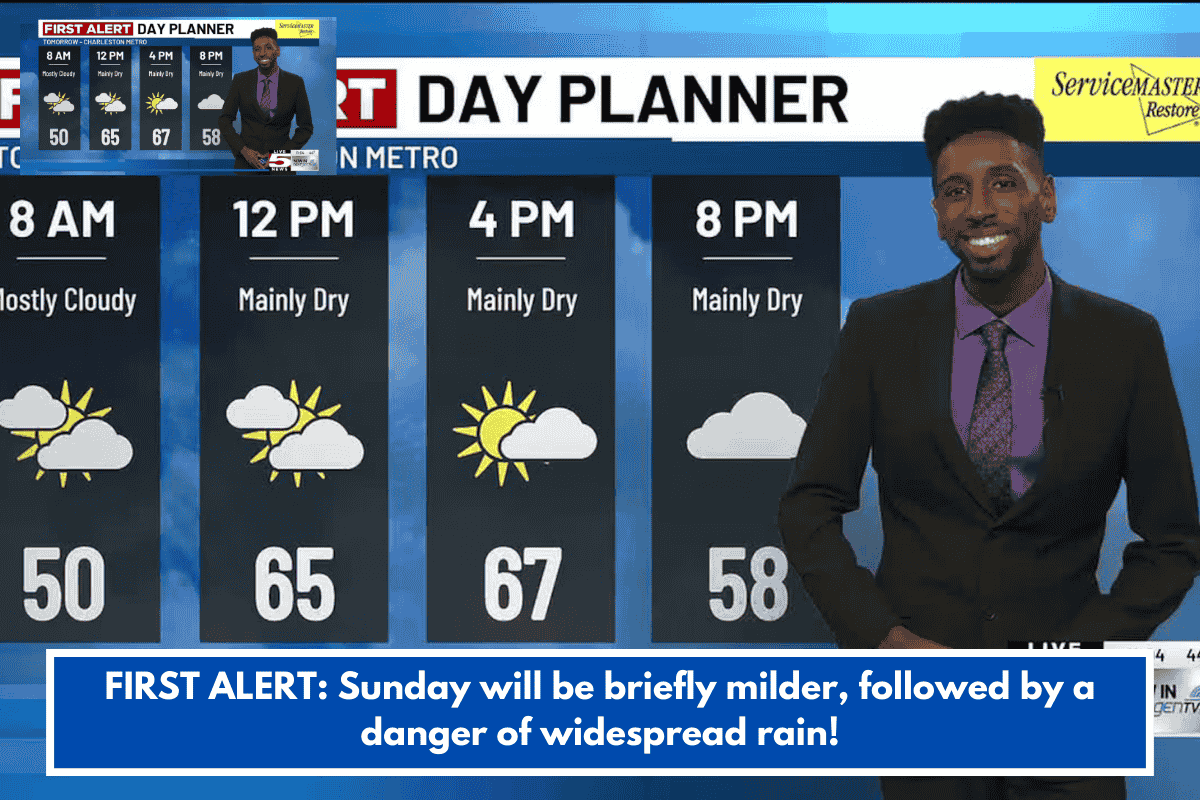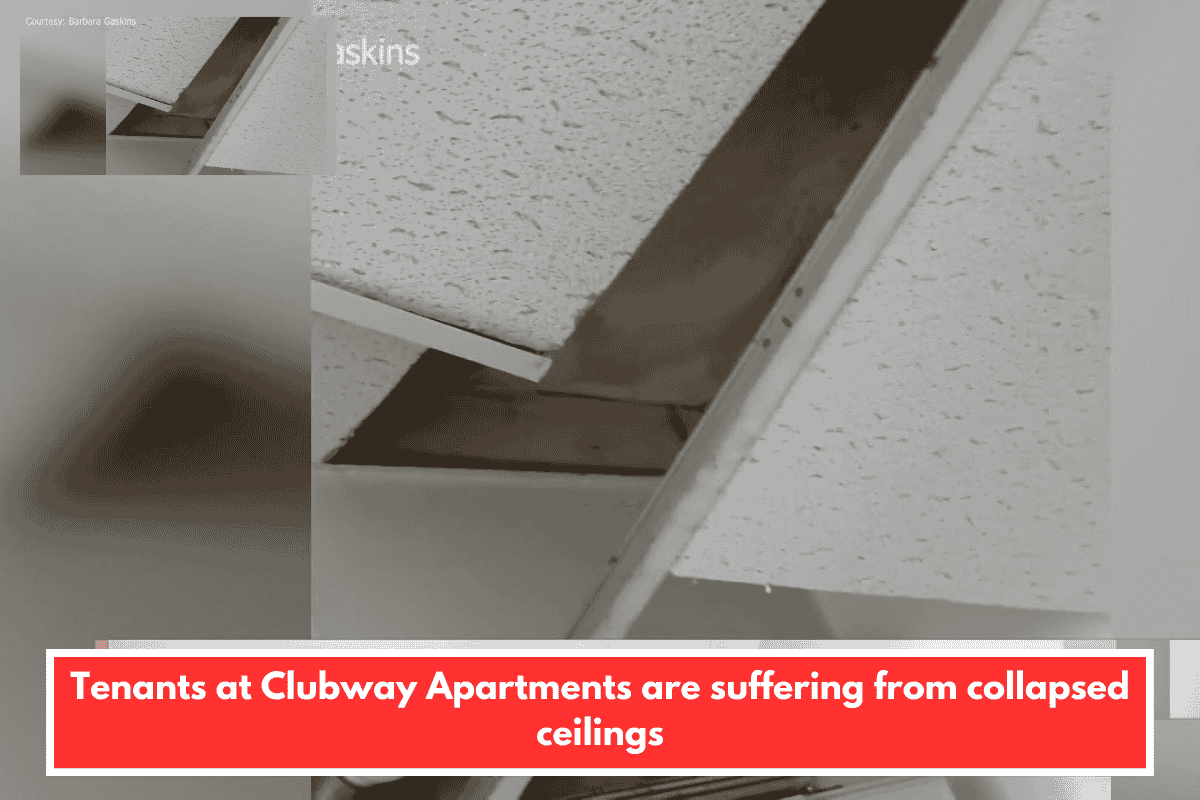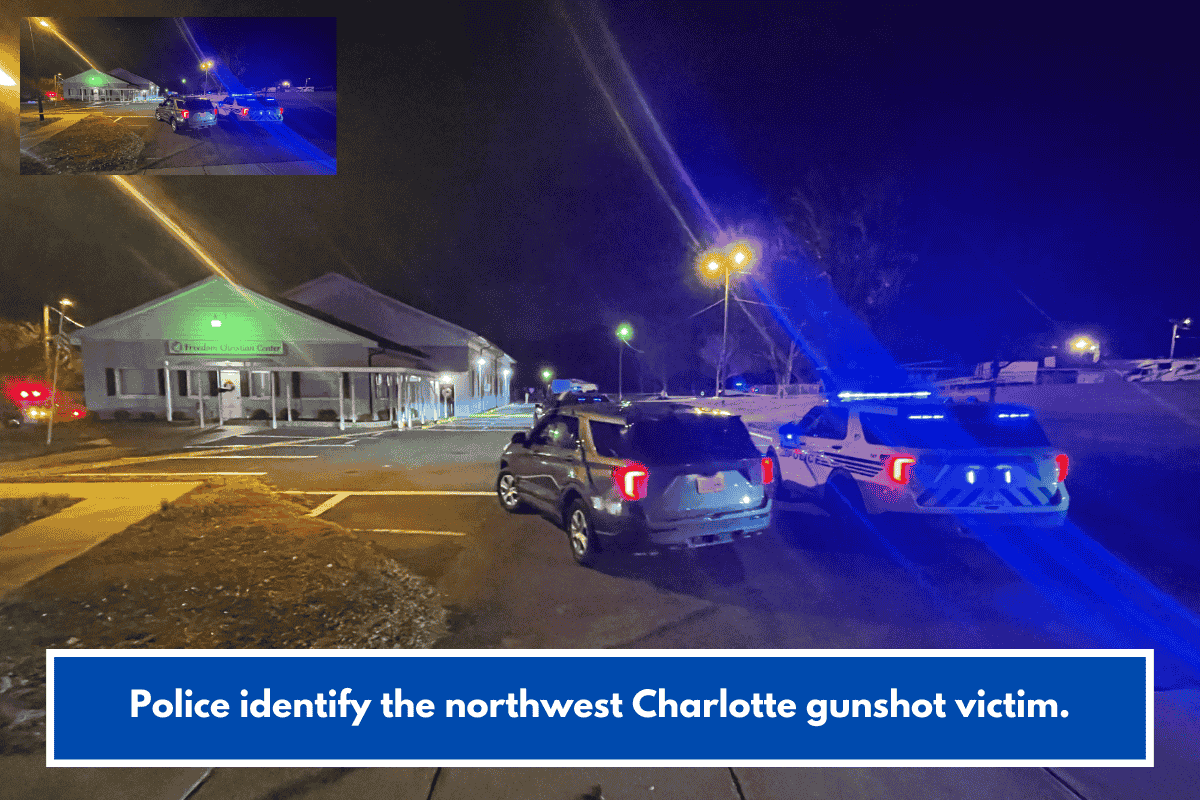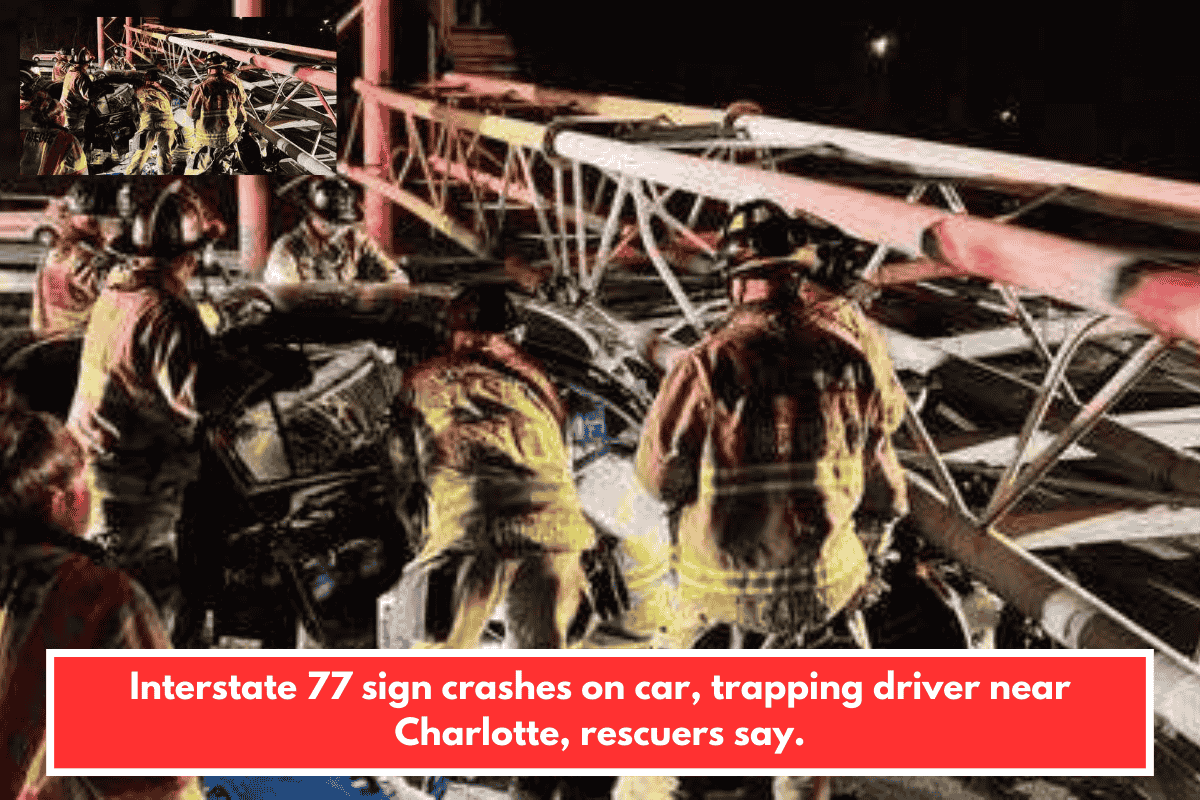In recent years, coastal flooding has become an urgent problem for many communities along the Eastern Seaboard. While often discussed as a “future concern,” residents of places like Charleston, South Carolina, are already living with the impacts — and for many working-class families, the challenges are especially severe.
Flooding in Charleston: A Growing Crisis
Hurricane Sandy didn’t hit Charleston directly in 2012, but the storm highlighted just how vulnerable coastal cities are to rising seas and stronger storms. Since then, residents have noticed worsening flooding.
For Luvenia Brown, 58, it’s become part of daily life. She told reporters she’s had to pay more attention to weather alerts as items in her yard repeatedly washed away. While she loves her neighborhood, she admitted the rising water may one day force her to leave.
“If the water continues rising the way it is, I don’t want to be here. I love my area. But I think my life is more important,” she said.
The $1.3 Billion Seawall Plan
To protect its historic downtown district, Charleston is working with the federal government to build a $1.3 billion seawall. Seawalls can be effective climate adaptation tools, shielding cities from storm surges and high tides.
But there’s a catch: this wall would primarily protect downtown Charleston, leaving out many middle- and working-class neighborhoods. Areas like Rosemont, a historically Black community surrounded by industry and a freeway, remain unprotected and more vulnerable than ever.
Stories of Loss and Resilience
The human toll of flooding is already evident. Ana Zimmerman, who bought a home in James Island in 2005, saw it destroyed by floods just 12 years later. She has since become an “unintentional flood activist,” warning that while entire neighborhoods may have to relocate, low-income families often won’t have the resources to recover or move.
“Entire neighborhoods will have to move. But the vulnerable among us, there will be no one there to help them, save them, and they will not be able to save themselves,” she said.
Why This Matters
Charleston’s story reflects a larger truth: climate change isn’t just about the future — it’s happening now. Rising global temperatures mean higher seas and warmer ocean surfaces, which in turn fuel stronger floods, hurricanes, and extreme weather events.
Traditionally, coastal residents were used to nuisance flooding, brief episodes during high tides that were inconvenient but not deadly. Today, the water is higher, the storms are stronger, and the damages are devastating.
What’s Being Done
Infrastructure projects like Charleston’s seawall aim to reduce risk but often focus on wealthier or tourist-heavy areas.
Community action and activism are rising, with residents pushing for fairer solutions that protect all neighborhoods.
Personal preparedness, such as staying informed on climate issues, is also becoming a survival strategy.
Charleston’s flooding crisis is a warning sign for coastal communities everywhere. While billion-dollar seawalls and adaptation projects can help, they don’t solve the issue for everyone — especially the most vulnerable. As seas continue to rise and extreme weather becomes the new normal, the real challenge lies in ensuring that climate resilience doesn’t leave working-class families behind.

